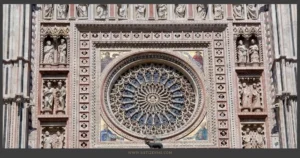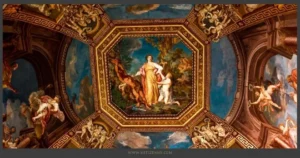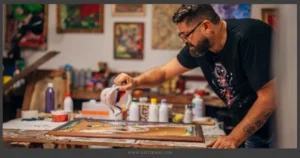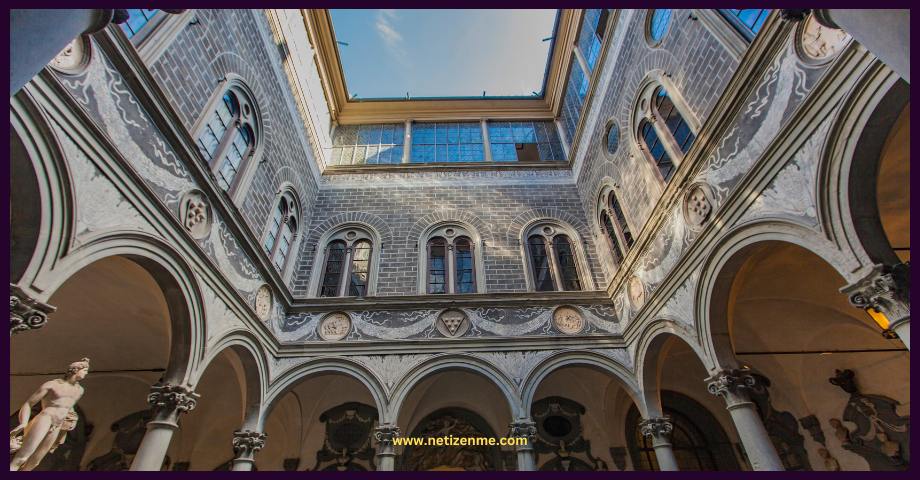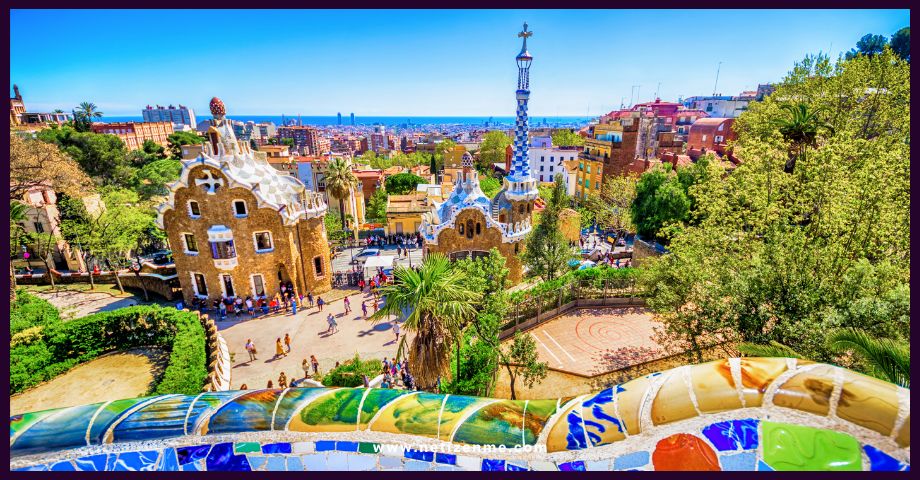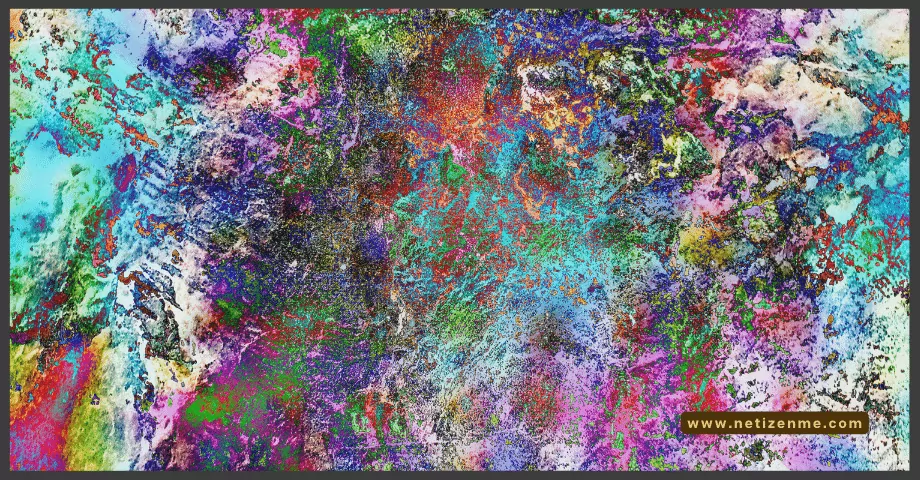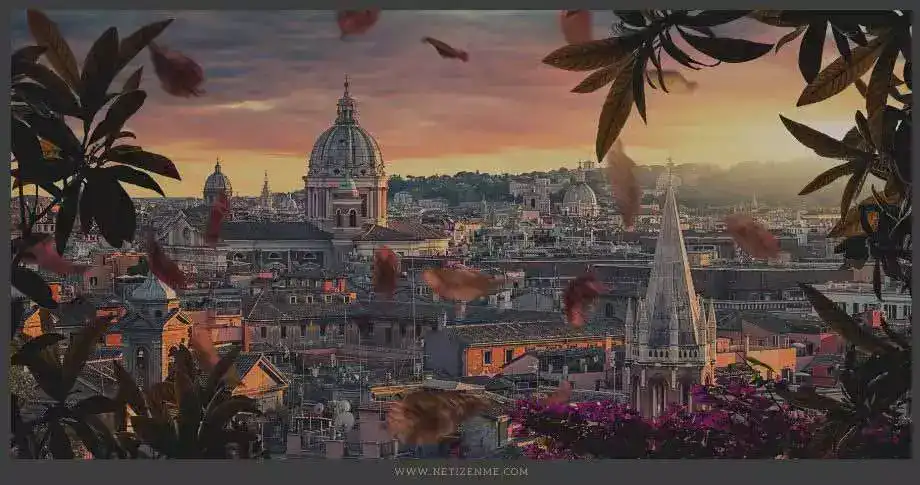A Brief History Of 18th and 19th Century Art
The late 18th century and early 19th centuries were marked by great changes in both Europe and North America. The American Revolution and the French Revolution brought about new ways of thinking that affected all aspects of life, including art. In Europe, the Rococo style gave way to the more serious and restrained Neoclassical style. In America, artists began to move away from traditional European styles and develop their own unique approaches.
Enlightenment Art
1. Enlightenment Art was created during the Enlightenment period, which was a time of great philosophical and scientific advancements. This type of art focused on reason and logic, and it often featured themes of progress and human achievement.
2. Artists during this period were interested in capturing the world around them in a realistic way. This was in contrast to the more stylized and idealized art that came before.
3. One of the most famous Enlightenment artists was John Singleton Copley, who is known for his paintings of American colonial life. Another important artist from this period was Benjamin West, who is known for his paintings of historical events.
4. Enlightenment Art had a significant impact on the development of art in North America. It paved the way for more realism in art, and it also inspired artists to capture everyday life and important moments in history.
Classical Attention
During the early 1900s, classical art was the dominant style in North America. This period is sometimes referred to as the “classical revival.” Artists of this time period were focused on creating art that was realistic and lifelike. They often used techniques that had been developed during the Renaissance.
One of the most famous classical artists of the early 1900s was Andrew Wyeth. Wyeth was primarily a painter, but he also did some work with sculpture and etchings. He is best known for his paintings of rural scenes in Pennsylvania and New England. His work often features people and animals in quiet, everyday moments.
Another significant artist of the early 1900s was Georgia O’Keeffe. O’Keeffe was a painter and photographer who is best known for her paintings of flowers. She often painted close-up views of flowers, focusing on their color and shape. O’Keeffe’s work was very influential in the development of American modernism.
Overall, the early 1900s were a time when classical art was dominant in North America. Many famous artists of this period, such as Andrew Wyeth and Georgia O’Keeffe, created beautiful works of art that are still
Romantic Perspectives
The Romanticism movement began in the early 1800s as a reaction to the Industrial Revolution. This new style of art was characterized by its focus on emotions, nature, and imagination.
Some of the most famous North American artists from this period include painters like Thomas Cole and Frederic Church. These artists often included grandiose landscapes and scenes from nature in their work. They were inspired by the beauty of the natural world and sought to capture it in their paintings.
The Romanticism movement also had a major influence on architecture in North America. Many buildings from this period were designed to echo the natural landscape. For example, Frank Lloyd Wright’s Fallingwater house is built over a waterfall and incorporates many features from nature into its design.
Overall, the Romanticism movement had a significant impact on early 19th-century art in North America. This new style of art focused on emotions and nature and had a major influence on both painting and architecture.
Realism
Realism was the dominant artistic style in North America in the early 20th century. Artists sought to depict everyday life in an accurate and realistic manner. This was in contrast to the previous dominant artistic style of Romanticism, which tended to idealize its subjects.
Realist artists often portrayed working-class people and scenes from urban life. One famous Realist artist from this period is Edward Hopper, who is known for his paintings of empty city streets. Another is Georgia O’Keeffe, who painted close-up portraits of flowers.
Realism was not only limited to visual art; it also influenced literature and film. Authors such as Mark Twain and Jack London wrote stories about ordinary people living in America. Films such as “The Grapes of Wrath” and “It’s a Wonderful Life” also depicted everyday life in America.
The Realist movement was eventually replaced by other styles, such as Abstract Expressionism and Pop Art. However, its influence can still be seen in many works of art today.
Post Impressionists
In the early 1900s, a group of artists in North America began to experiment with new styles of painting. They were influenced by the Post-Impressionists, who had developed a new way of seeing the world. These artists wanted to express their own unique vision, and they did not want to be bound by the traditional rules of art.
The artists of the early 1900s were interested in exploring new subject matter and experimenting with new techniques. They were inspired by the work of European artists such as Paul Cezanne, Vincent van Gogh, and Pablo Picasso. They also looked to African and Native American art for inspiration.
These artists created paintings that were sometimes dark and moody, and sometimes vivid and colourful. They explored new ways of using lines, shapes, and colours. Their paintings were often expressive and emotional.
The artists of the early 1900s laid the foundation for modern art in North America. Their innovative style paved the way for future generations of artists to express their own unique visions.
Secret Societies
1. Secret Societies: There were several secret societies that played a role in the history of early 20th-century art in North America.
2. The Canadian Group of Seven: The Canadian Group of Seven was a group of artists who came together in the early 20th century. They were known for their bold use of color and their willingness to experiment with new techniques.
3. The Ashcan School: The Ashcan School was a group of artists who were based in New York City. They were known for their realistic depictions of everyday life in the city.
4. The Dada Movement: The Dada Movement was an international movement that began in Zurich, Switzerland. It was characterized by its anti-art stance and its use of chance and spontaneity in its artworks.
- The Influence of Classical Rome Art and Architecture on Christian Art and Architecture

- Patrons of Art in the Renaissance Period

- The Use of New Scientific Knowledge in Creating Artistic Work

This article is written by:
This article is written and edited by in-house writers and editors. Knowledge Netizen editorial team is committed to providing accurate and informative content. You can cite our articles under the author name "NetizenMe"

